Photo Gallery for Isohypsibius cf. reticulatus - No common name | Photos: 11 |
 | Recorded by: Bartels on 2002-04-07
Haywood Co.
Comment: Habitus, DIC | 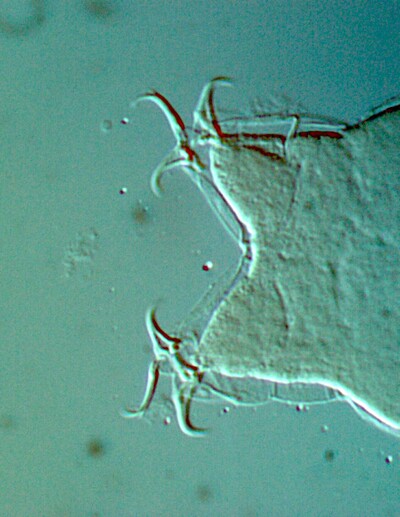 | Recorded by: Bartels on 2002-04-07
Haywood Co.
Comment: Claws IV, DIC |
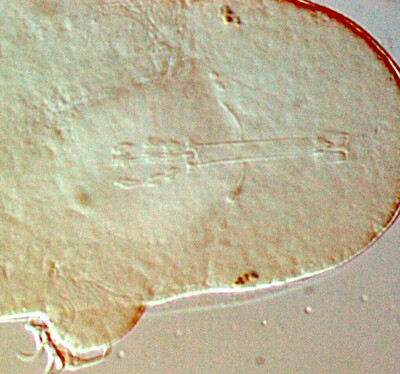 | Recorded by: Bartels on 2002-04-07
Haywood Co.
Comment: Head, DIC | 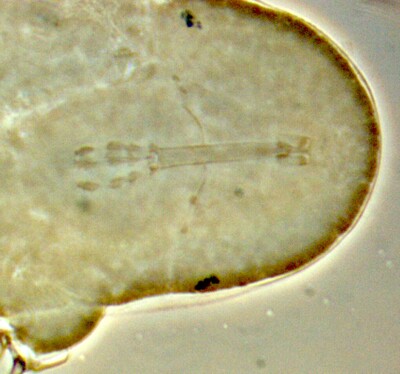 | Recorded by: Bartels on 2002-04-07
Haywood Co.
Comment: Head, PC |
 | Recorded by: Bartels on 2002-04-07
Haywood Co.
Comment: Claws, PC | 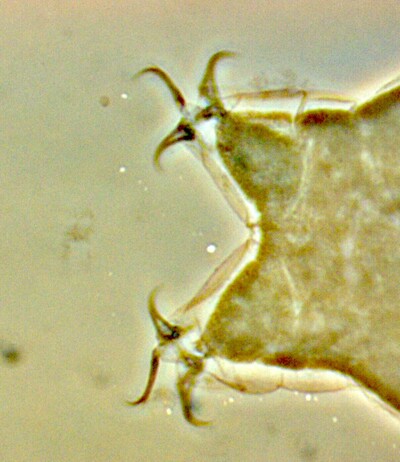 | Recorded by: Bartels on 2002-04-07
Haywood Co.
Comment: Claws IV, PC |
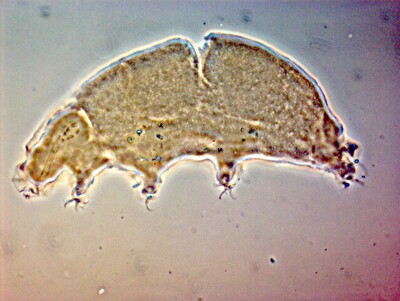 | Recorded by: Bartels on 2002-04-07
Haywood Co.
Comment: Habitus, lateral, PC
Fine reticulations barely visible |  | Recorded by: Bartels on 2002-04-07
Haywood Co.
Comment: Buccal apparatus, DIC |
 | Recorded by: Bartels on 2002-04-07
Haywood Co.
Comment: Habitus, lateral, DIC | 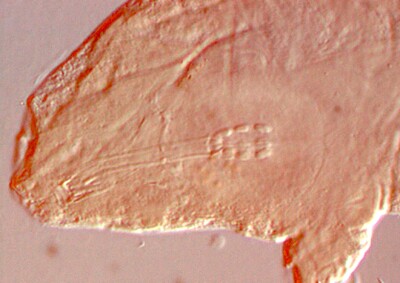 | Recorded by: Bartels on 2002-04-07
Haywood Co.
Comment: Buccal apparatus, DIC |
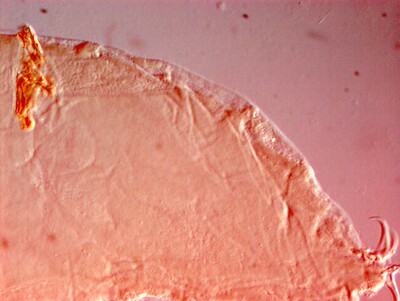 | Recorded by: Bartels on 2002-04-07
Haywood Co.
Comment: Posterior, reticulations visible along top edge of cuticle, DIC |